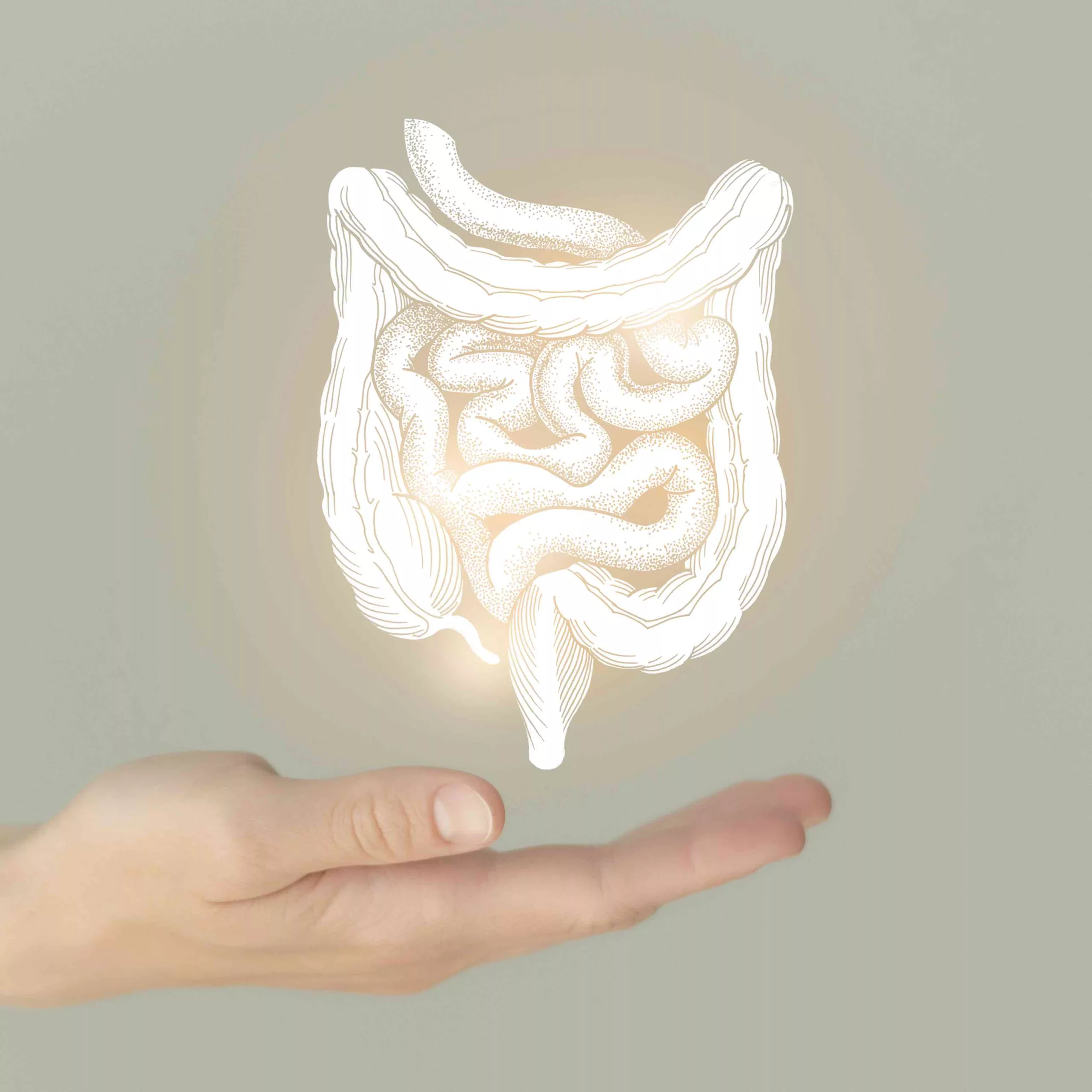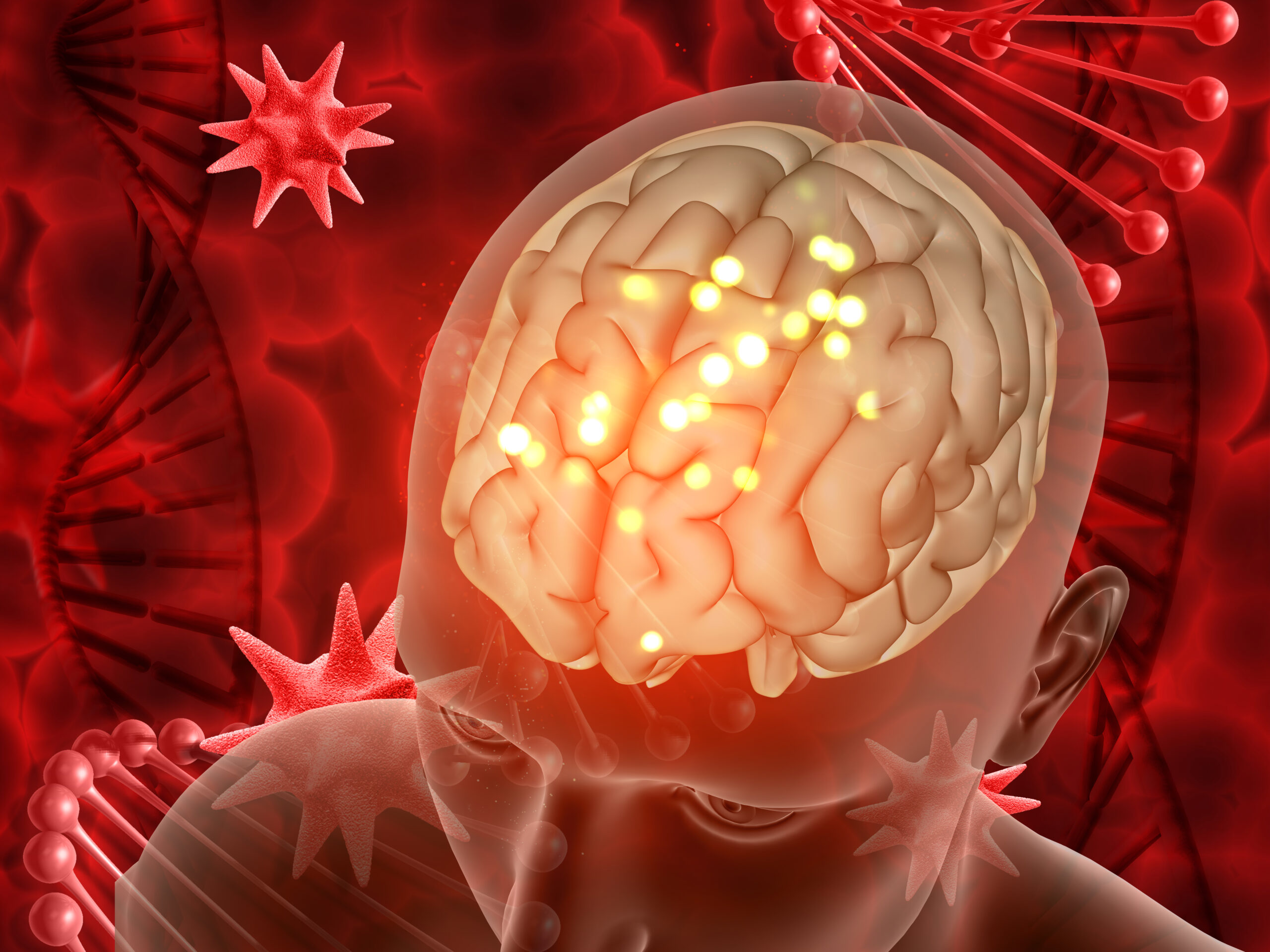In this study, researchers investigated the forces at play in mouse intestinal organoids, which are three-dimensional models of the intestinal epithelium. They found that these organoids exhibit complex stress distribution patterns that are essential for their mechanical and functional compartments. Specifically, the stem cell compartment pushes the extracellular matrix and folds through apical constriction, while the transit amplifying zone pulls the extracellular matrix and elongates through basal constriction. The size of the stem cell compartment is influenced by the stiffness of the extracellular matrix and intrinsic cellular forces. Computational modeling suggests that the shape of the crypts and the distribution of forces are governed by cell surface tensions related to cortical actomyosin density. Additionally, cells are pulled out of the crypt in a gradient of increasing tension. This research sheds light on how patterned forces play a crucial role in the compartmentalization, folding, and collective migration within the intestinal epithelium.
Keywords: Organoid





